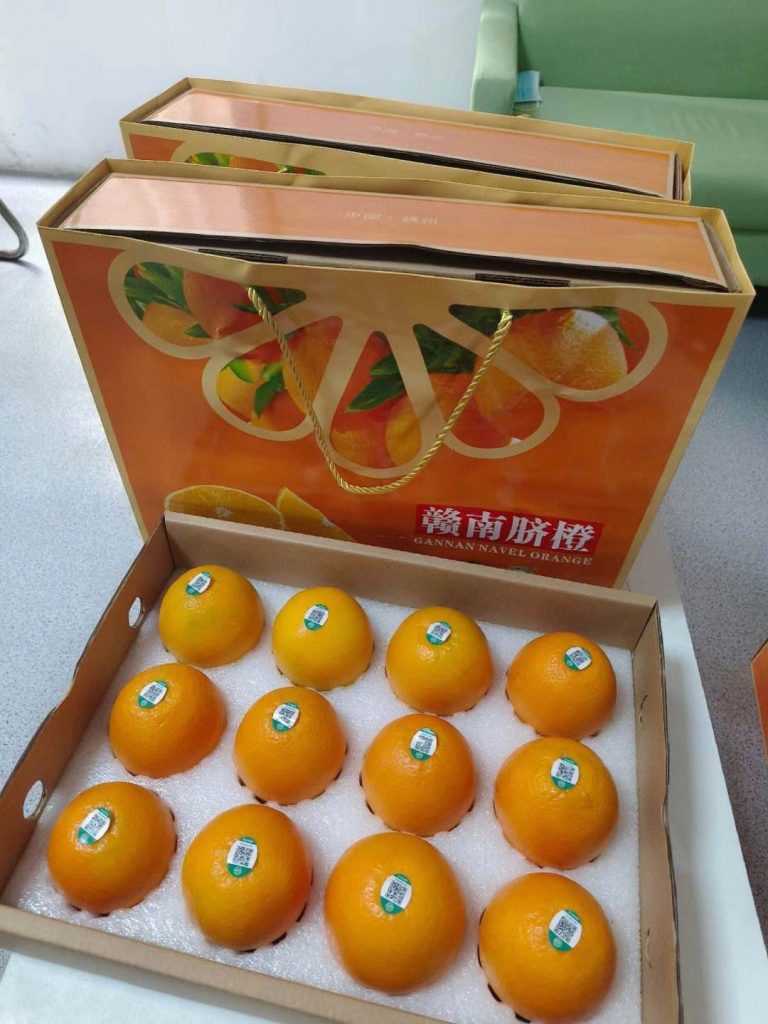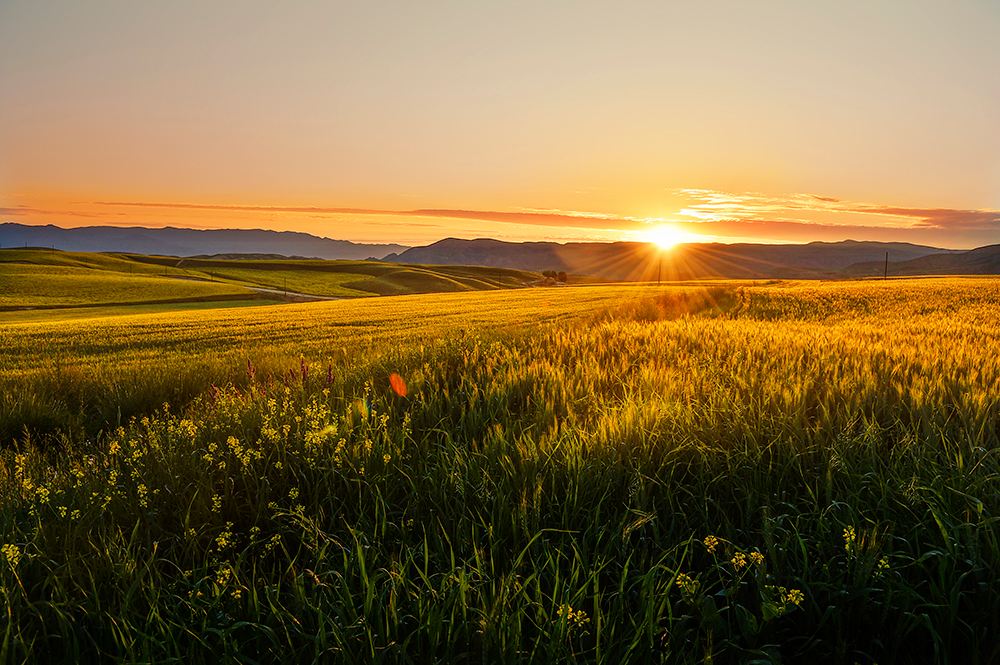
Seasons of Sweetness: Life, Labor, and Love in Our Navel Orange Grove
There’s a poem written into the soil here, one we read with our hands, our eyes, and the soles of our boots. It begins with the first frost of winter, when the trees huddle like old friends, and ends with the last golden fruit hanging heavy in spring. Along the way, there are sweat-stained shirts, shared jokes under the trees, and the quiet pride of watching something grow exactly as it’s meant to. This isn’t just a farm—it’s a living, breathing story, and we’re the lucky ones holding the pen.
Winter: Waiting for the First Whisper
Winter here is a time of patience. The air bites cold, but we know what’s stirring beneath the dirt: tiny buds, snug in their protective coats, dreaming of sun. My dad still walks the rows each morning, even when his breath hangs white in the frost. “Listening,” he calls it. “Hearing if the trees are hungry or restless.”
He learned that from his father, who believed oranges need more than water—they need attention. So we mulch with straw to keep roots warm, prune dead wood to let light dance through the branches, and leave piles of dried leaves for the earthworms, who till the soil while we sleep. It’s unglamorous work, but by February, the grove hums with anticipation. Swollen buds swell further, then crack open—pale pink blossoms, delicate as lace, filling the air with a sweetness so faint it’s almost a memory.
Spring: The Dance of Bees and Blossoms
Spring arrives in a flurry of yellow. Bees arrive first, drunk on pollen, their legs dusted gold. We don’t keep hives—we let the wild ones come, along with the ladybugs, lacewings, and the occasional monarch fluttering through. “Pests don’t stand a chance here,” laughs Maria, our longtime picker, as she brushes a bee from her shoulder. “Nature does the pest control for us.”
Then come the blossoms. Thousands of them, clustering like stars on every branch. We hand-pollinate a few rows, just for fun—dipping small brushes into each flower, transferring pollen like tiny matchmakers. It’s a ritual my daughter adores; she calls it “helping the oranges fall in love.” By late April, tiny green nubs form—future oranges, no bigger than marbles. We thin them then, leaving only the strongest. “Too many, and they’ll fight for sun,” my dad explains. “Let ’em breathe, and they’ll thank you with juice.”
Summer: Sweat, Shade, and Small Joys
Summer is when the grove comes alive with noise. The sun blazes, turning leaves to shimmering green, and the air thrums with the sound of cicadas. We water early, before dawn, using a system of ditches and rain barrels—no wasteful sprinklers, just slow, steady sips for the trees.
Lunch breaks are spent under the old oak at the grove’s edge. We unpack tamales from the neighbor’s kitchen, slice mangoes, and watch the kids chase each other between rows, yelling about who can find the biggest “baby orange.” Last year, my son planted a tiny flag next to a particularly plump green fruit, declaring it “his” orange. We left it there all summer, watering it extra, and in November, it hung ripe and heavy—a bright, shiny testament to patience.
Fall: The Sweetest Harvest
Fall is magic. Overnight, the green nubs turn orange, then burnished gold. The air smells like citrus and woodsmoke, and our hands cradle fruit so heavy it strains our arms. Harvest starts at sunrise, when the oranges are warm from the sun but still cool to the touch—perfect for peeling.
Our crew is a patchwork of faces: retired farmers, students home for break, even a few regulars who’ve picked here for decades. Rosa, with her quick laugh and knobby fingers, can fill a crate in half the time I can. “You gotta treat ’em like babies,” she says, cradling an orange. “No rough handling—they remember.” And they do. The ones she picks always seem to have the brightest color, the juiciest segments.
We sort by size and ripeness, but never by “perfection.” A slightly dented orange goes right in the crate—it’ll taste just as sweet. “Imperfections are where the story gets in,” my mom likes to say.
What We Hope You’ll Feel
When you hold one of our oranges, we want you to feel more than fruit. Feel the sun that kissed it, the rain that quenched it, the hands that tended it. Feel the history—grandfathers planting, daughters laughing, bees buzzing.
Bite in, and let the juice run. Taste the bright tang first, then the slow, honeyed sweetness. Notice how the segments separate easily, how the peel comes away clean, leaving only the faint scent of citrus on your fingers.
This isn’t just an orange. It’s a piece of a life lived close to the earth, a testament to what happens when you grow with care, not convenience.
Come Walk With Us
If you’re ever nearby, we’d love to share a crate, a story, and a cup of coffee under the oak. If not, we’ll pack your order with straw and care, sending oranges that still smell like the grove, still carry the warmth of the sun.
These oranges aren’t perfect. They’re not mass-made. They’re grown by people who care, on land we love, for anyone who believes food should taste like it has a heart.
So go ahead. Peel one. Let the juice drip. And taste the seasons, the sweat, and the love that went into growing it.
Our grove is waiting. And so are we.
Article link:https://www.vlefooena.com/seasons-of-sweetness-life-labor-and-love-in-our-navel-orange-grove

No reply content